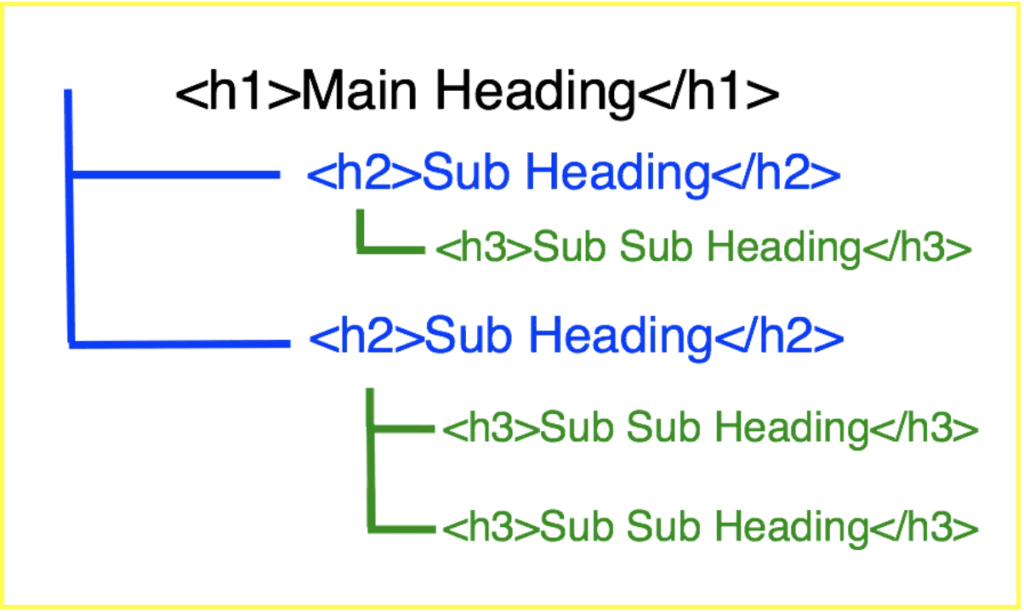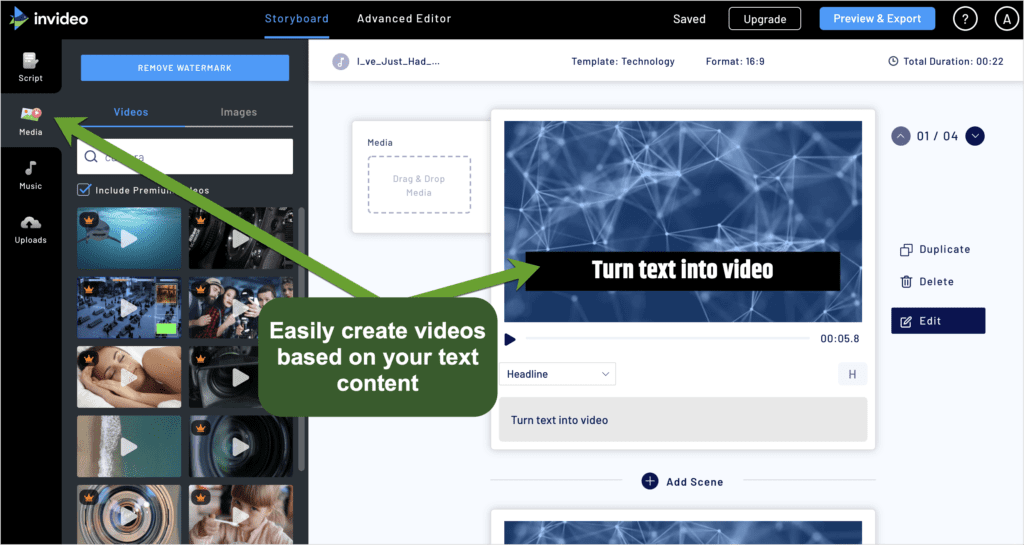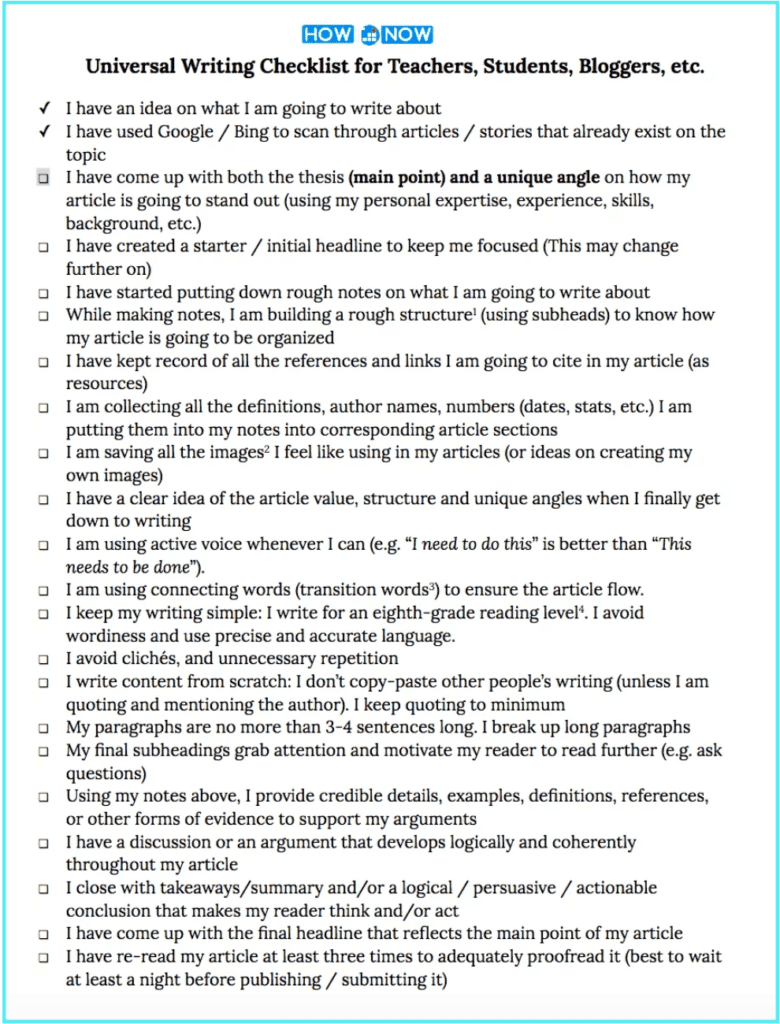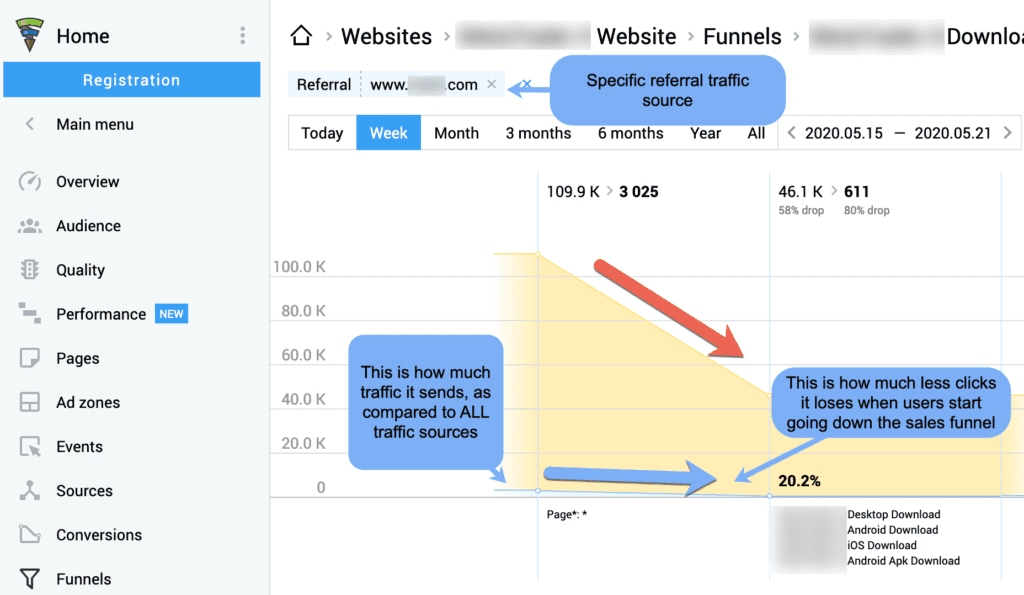How to Create Your Writing Routine to Boost Your Productivity

Anyone can be a writer! Often, the hardest thing about writing your own content is just getting started. It’s easy to procrastinate by making another cup of coffee, running to the grocery store, or taking the dog out.
Some procrastination is okay, but when you sit down at 9 in the morning to write your content and suddenly it’s 6 pm and time to cook dinner, you know you have a problem.
If that sounds familiar, try these 6 steps to help boost your productivity.
What’s the Point?
Your keyword research and social monitoring should already have given you a good idea of what you want to write about. That’s great news – it means the hardest part of the process is already over.
When I write a blog, the first thing I do is write out 2 or 3 sentences that summarize what the post is going to talk about. These sentences don’t have to be eloquent or even grammatically correct, as long as you can understand them.
When I do that, I often pull up Text Optimizer which helps me by generating sentences based on semantic research:

Text Optimizer suggests concepts and helps you build sentences for the topic you chose
Write an Outline
Once you know the point of your blog post, start putting together a rough outline. I write out everything I want to say in bullet points, then organize my bullets under headings.
An outline is a roadmap for your post. Like your summary sentences, it doesn’t have to sound great. No one else ever has to see it! You just have to write it.
Outlining techniques may be different but here’s how I create mine:
- I draft up my future HTML subheadings to plan the main sections of the site
- Next, I create subsections within a few of those sections
- Then I write makes notes for the intro (a sentence or two)
- I may also find some stats to support my different sections of the site
To put it simply, I am mainly working on my content structure here:

Before writing my draft, I work on my H2-H3 subheadings
Pound Out a First Draft
Once you have an outline, it’s a lot easier to write your first draft. Don’t worry about crafting the World’s Best Blog Post – just get it down and you can fix it up when you edit.
The hardest part about writing your first draft is getting started. I find that the best way to get over that hump is to simply write whatever introduction comes to mind.
I don’t care about quality, flow, or grammar. Sometimes, I completely delete my first paragraph, but at least it got me started.
The main thing here: Don’t stop until you are done! You want to finish your draft while you still feel inspired.
Using my outline, I can write up the last section of the article, then jump to the middle of it, then back to the top of it.
Once you’re done with your first draft, you can walk your dog, go to the gym, or make a snack. Take a step away from your draft before you start editing it. I prefer to come back to my first draft the next day – that way, I can view it with fresh eyes, and my ideas are more refined.
You may also want to read: 5 Easy Steps To EPIC Content Marketing
It’s All in the Editing
Edit your first draft mercilessly. Delete anything that seems unnecessary or flowery and get to the point! Always ask yourself “so what?” – it helps you find the sentences that don’t contribute to your post. Get rid of them.
It is also a good idea to install a Grammar checker on your blog to make proofreading easier.
I like to read my posts out loud before I publish them. That way, you can hear where your sentences don’t flow, where you’ve used an inappropriate word, or where your grammar needs to be tightened.
Once you’re satisfied with your post, send it off to a friend, family member, or other writing buddy. They’ll spot the mistakes you’ve missed, and they’ll tell you where your argument fails, what’s unnecessary, or what needs expansion. Be open to your editor’s comments! They (usually) know what they’re talking about.
I will then go ahead and create some graphics or even videos. At this point, my productivity relies on these three tools:
- Canva for creating inspirational images (which I can then share on social media)
- Snagit for creating annotated screenshots (like the one below)
- InVideo to create quick videos to use on Youtube, Facebook and Instagram

InVideo helps me turn my text content into videos!
I’ve also been having some huge fun with WordPress visualization plugins to create custom graphics and charts.
Checklists Are a Great Productivity Aid
Now, before publishing the post, follow this writing checklist: It helps to make sure you are right on track.

This checklist helps keeps a writer organized!
I swear by checklists as a great means of increasing my productivity. If they work for you also, this article, showing some of my favorite checklists, will help you.
If you’re still having trouble, check out this post on how to write a copy that sells from Curatti. Also, don’t forget to add internal links to send your readers to older content as well as improve its rankings.
You may also want to read: Plan Strategy & Tactics To Achieve Your Business Goals
Publish!
A well-edited post is a publishable post. Once you, your editor, and your client are satisfied, publish away! Don’t forget to promote your new content on your social media channels.
If you’re proud of your content, share it!
Keep an Eye on Your Stats
It may be just me, but nothing helps my writing motivation more than seeing how people are engaging with it. Here are different ways to monitor your conversions using Google Analytics.
I personally find Finteza easier to set up and navigate. All you need is to first go to the traffic source or a landing page you want to track, and all the further reports will focus on that:

Finteza helps me understand the performance of every content piece I write
Just do it!
The trick to writing your own content is to get started. Rip off the band-aid and just start writing. It’s easy to edit and rewrite your thoughts into a more coherent, readable package when you already have the words in front of you.
The hardest part about writing your own copy, especially blog copy, is developing a personality. I find the best way to do this is to just start writing. Write how you would talk, get a first draft done, and then as you edit and proofread you can clean up the language.
If you have a funny comment to make, make it! Always keep your writing politically correct. If you’re not sure whether anyone may be offended by a specific opinion or joke, it may be best not to express it.
Good luck, and happy writing!
If you send outreach emails and aren’t getting the results you’d like, read this:
Don’t Do These Things In Your Outreach Emails
Sign Up For Our Mailing List
If you’d like to receive more in-depth articles, videos, and Infographics in your inbox, please sign up below

Sign up for the newest articles from Curatti, delivered straight to your inbox
Featured image: Copyright: ‘https://www.123rf.com/profile_ljupco‘ / 123RF Stock Photo
Latest posts by Anna Fox (see all)
- How to Become a Better Freelance Writer by Managing Your Time Better - December 1, 2022
- All the Tools You Need for a Successful Link Building Campaign - September 13, 2022
- Don’t Waste Money: Six Ways To Maximize Your Content Marketing Budget - June 28, 2022
